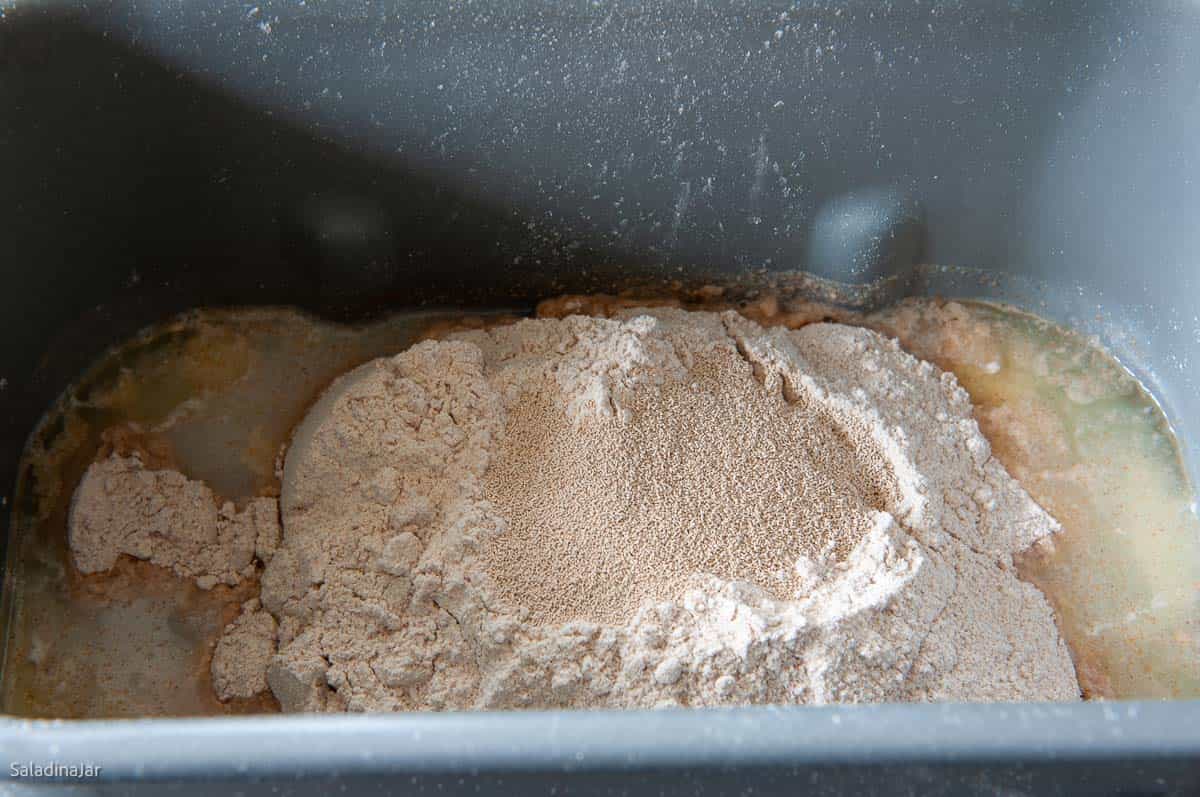

Articles
What Yeast Do You Use In A Bread Machine
Modified: February 21, 2024
Looking for information on which yeast to use in a bread machine? Read our articles to find out which yeast works best for your bread-making needs.
(Many of the links in this article redirect to a specific reviewed product. Your purchase of these products through affiliate links helps to generate commission for Storables.com, at no extra cost. Learn more)
Introduction
When it comes to baking bread in a bread machine, selecting the right type of yeast is crucial for achieving that perfect, fluffy loaf. Yeast is the key ingredient responsible for the fermentation and rising of the dough, giving the bread its light and airy texture.
But with so many options available, it can be overwhelming to know which yeast to choose for your bread machine. In this article, we will explore the different types of yeast commonly used in bread machines and provide guidance on selecting the right one for your needs.
Before we dive into the details, it’s important to note that all types of yeast essentially perform the same function – they help the dough rise. However, their differences lie in how they are processed and their activation requirements, which can affect the overall baking process and the texture of the final loaf.
Now let’s explore the various types of yeast commonly used in bread machines:
Key Takeaways:
- Choose the right yeast for your bread machine based on rising time, convenience, and desired taste and texture. Experiment with different types to find the perfect fit for your baking needs.
- Consider factors such as recipe type, rising time, convenience, taste preferences, quantity, storage, and availability when selecting yeast for your bread machine. Follow recommended measurements and instructions for optimal results.
Types of Yeast for Bread Machines
When it comes to selecting yeast for your bread machine, there are several options to consider. The most common types of yeast used in bread machines include active dry yeast, instant yeast, rapid-rise yeast, and bread machine yeast.
1. Active Dry Yeast:
Active dry yeast is the most widely available type of yeast and is commonly used in traditional bread recipes. This type of yeast is granulated and needs to be proofed or dissolved in warm water before adding it to the other ingredients. It has a longer activation time compared to other types of yeast, typically requiring an initial rise of the dough before proceeding with the baking process.
2. Instant Yeast:
Instant yeast, also known as quick-rise or fast-acting yeast, is a popular choice for bread machines due to its convenience. Unlike active dry yeast, instant yeast does not need to be proofed and can be added directly to the dry ingredients. It has a much shorter activation time, allowing the dough to rise faster. Instant yeast is often preferred for its consistent performance and reliable results.
3. Rapid-Rise Yeast:
Rapid-rise yeast, as the name suggests, is specifically designed to speed up the rising process. It is similar to instant yeast and can be added directly to the dry ingredients without needing to be proofed. Rapid-rise yeast contains additional enzymes and additives that help accelerate fermentation. This type of yeast is ideal for those who are short on time and want to bake bread quickly.
4. Bread Machine Yeast:
Bread machine yeast is a specialized yeast formulated specifically for bread machines. It is similar to instant yeast but is designed to provide optimal results in the controlled environment of a bread machine. Bread machine yeast typically has smaller granules, which makes it dissolve and activate quickly. Using this type of yeast can result in well-risen and evenly textured loaves of bread.
Now that we have covered the main types of yeast used in bread machines, let’s dive into the factors you should consider when selecting the right yeast for your bread machine.
Active Dry Yeast
Active dry yeast is a popular choice for baking bread in a bread machine. It is widely available and can be found in most grocery stores. This type of yeast is made up of dormant yeast cells that have been dehydrated, giving it a longer shelf life compared to other types of yeast.
When using active dry yeast in a bread machine, it is important to activate or “proof” the yeast before incorporating it into the dough. This involves dissolving the yeast in warm water (about 110°F or 43°C) along with a small amount of sugar. The sugar provides nourishment for the yeast, helping it to activate and produce carbon dioxide gas, which causes the dough to rise.
After the yeast has been proofed, it is added to the bread machine along with the other ingredients. The bread machine’s kneading and rising cycles will further develop the dough, allowing it to rise properly before baking. It is important to note that active dry yeast has a slower activation time compared to instant yeast, so be sure to allow enough time for the dough to rise.
One advantage of using active dry yeast is that it can withstand higher temperatures during the baking process. This means that it is suitable for bread recipes that require longer baking times or higher oven temperatures.
However, there are a few things to keep in mind when using active dry yeast in a bread machine:
- Proofing the yeast is essential to ensure its viability. Make sure the water is at the correct temperature to activate the yeast but not too hot to kill it.
- Since active dry yeast has a longer activation time, it is important to allow the dough to rise properly during both the initial rise and the final rise in the bread machine. Patience is key for achieving the best results.
- Store active dry yeast in a cool and dry place, preferably in an airtight container, to maintain its freshness and extend its shelf life.
Active dry yeast can produce delicious, well-risen loaves of bread in a bread machine. Its availability and versatility make it a popular choice for home bakers. However, if you prefer a faster rising time and convenience, you may want to consider using instant yeast or bread machine yeast instead.
Now that we have explored active dry yeast, let’s dive into the next type of yeast – instant yeast.
Instant Yeast
Instant yeast, also known as quick-rise or fast-acting yeast, is a popular choice for baking bread in a bread machine. As the name suggests, this type of yeast offers the advantage of faster and more efficient fermentation compared to active dry yeast.
One of the key advantages of instant yeast is that it does not require proofing or dissolving in water before incorporating it into the dough. It can be added directly to the dry ingredients in the bread machine, making the baking process more convenient and time-saving.
Instant yeast is made up of small granules that are designed to dissolve quickly and activate instantly when they come in contact with moisture. This enables the yeast to start producing carbon dioxide gas and causing the dough to rise rapidly. As a result, bread made with instant yeast typically requires less rising time compared to bread made with active dry yeast.
Another benefit of instant yeast is its consistent performance. It is highly reliable and provides consistent results, resulting in well-risen and evenly textured loaves of bread. This makes it a favorite among bakers who seek consistency in their bread-making process.
When using instant yeast in a bread machine, it is important to follow the manufacturer’s instructions regarding the amount of yeast to use. Generally, less instant yeast is required compared to active dry yeast, as it is more potent. Using too much yeast can lead to over-rising and collapsing of the dough.
It is also important to keep in mind that instant yeast is sensitive to high temperatures. It is recommended to add the instant yeast to the bread machine after the dry ingredients and water have been added. This will help protect the yeast from direct contact with water that may be too hot, which could potentially kill the yeast and hinder the rising process.
Instant yeast offers the advantage of convenience, time-saving, and reliable results. It is a great option for those who prefer a quicker rising time and a hassle-free baking process. However, if you prefer a longer fermentation time or have a specific recipe that requires proofing the yeast, you may want to consider using active dry yeast instead.
Now that we have covered instant yeast, let’s move on to the next type of yeast – rapid-rise yeast.
Rapid-Rise Yeast
Rapid-rise yeast, as the name implies, is a type of yeast that is specifically formulated to speed up the rising process in bread making. It is also commonly known as quick-rise or bread machine yeast. This type of yeast can be a great option for those who are short on time or want to enjoy freshly baked bread in a shorter period.
Rapid-rise yeast is very similar to instant yeast in terms of its convenience and ease of use. It is designed to be added directly to the dry ingredients without the need for proofing or dissolving in water. The small granules of rapid-rise yeast dissolve quickly and activate almost instantly when they come into contact with moisture.
One of the main differences between rapid-rise yeast and instant yeast is the addition of specific additives and enzymes in rapid-rise yeast. These additives work to enhance the fermentation process and improve the rising speed of the dough. As a result, bread made with rapid-rise yeast typically requires a shorter rising time compared to bread made with other types of yeast.
When using rapid-rise yeast in a bread machine, it is important to follow the manufacturer’s instructions and use the appropriate amount of yeast for the recipe. Since rapid-rise yeast is highly potent and fast-acting, using too much yeast can lead to over-rising of the dough, resulting in a collapsed or unevenly baked bread.
It is worth noting that the rapid-rise yeast is best suited for bread recipes that require a single rise. It is not recommended for recipes that call for a longer fermentation or multiple rises, as the rapid fermentation process of the yeast may not allow for the development of complex flavors.
Overall, rapid-rise yeast is a convenient option for bread machine baking, especially for those who want to save time and enjoy freshly baked bread in a hurry. However, if you prefer a longer fermentation time or have a recipe that calls for a more traditional bread-making process, you may want to opt for other types of yeast such as active dry yeast or instant yeast.
Now that we have covered rapid-rise yeast, let’s move on to the final type of yeast commonly used in bread machines – bread machine yeast.
When using a bread machine, it’s best to use instant yeast or bread machine yeast for optimal results. These types of yeast are designed to work well with the quick rise times and high temperatures of bread machines.
Read more: What Can You Make In A Bread Machine
Bread Machine Yeast
Bread machine yeast, also known as instant yeast for bread machines, is a specialized yeast that is specifically formulated for use in bread machines. It is designed to provide optimal performance and reliable results when baking bread in a bread machine.
One of the key characteristics of bread machine yeast is its small granule size. These smaller granules allow the yeast to dissolve and activate quickly, resulting in a faster rising time for the dough. This is particularly important in bread machines, where the rising time is typically shorter compared to traditional bread-making methods.
When using bread machine yeast, it is not necessary to proof or dissolve the yeast in water before adding it to the bread machine. The yeast can be added directly to the dry ingredients, making the process even more convenient and time-saving.
Bread machine yeast is highly reliable and provides consistent results. It is specifically formulated to perform well in the controlled environment of a bread machine, ensuring that the dough rises evenly and produces a fluffy and well-structured loaf of bread.
One important thing to note when using bread machine yeast is the amount of yeast to use in a recipe. Different brands of bread machine yeast may have slightly different potency, so it is recommended to follow the specific instructions provided by the yeast manufacturer or the bread machine manufacturer. Using the correct amount of yeast ensures that the dough rises to the desired extent without over-fermenting.
Overall, bread machine yeast is an excellent choice for baking bread in a bread machine. Its small granule size, convenience, and reliable performance make it a favorite among home bakers. However, if you prefer to use other types of yeast, such as active dry yeast or instant yeast, rest assured that they can still be successfully used in your bread machine with proper adjustment of the rising time.
Now that we have covered bread machine yeast, let’s move on to the factors to consider when selecting the right yeast for your bread machine.
Choosing the Right Yeast for Your Bread Machine
When it comes to selecting the right yeast for your bread machine, there are several factors to consider. Each type of yeast has its own characteristics, activation requirements, and performance in a bread machine. Here are some key factors to keep in mind:
1. Convenience: Consider how much time and effort you want to invest in the bread-making process. If you prefer a quick and convenient option, instant yeast or bread machine yeast would be ideal. These types of yeast can be added directly to the dry ingredients without the need for proofing.
2. Rising Time: Different types of yeast have varying rising times. If you want your bread to rise quickly, rapid-rise yeast or instant yeast would be suitable choices. Active dry yeast may require a longer rising time as it needs to be proofed before use.
3. Baking Preferences: Consider the type of bread you want to bake. Some yeast may be better suited for specific recipes or bread styles. For example, if you prefer a longer fermentation time for more complex flavors, active dry yeast might be the way to go. If you want a consistent and reliable rise, instant yeast or bread machine yeast would be a good choice.
4. Shelf Life: Take into account the shelf life and storage requirements of the yeast. Active dry yeast typically has a longer shelf life compared to other types of yeast, while instant yeast and rapid-rise yeast may have a shorter shelf life. Ensure proper storage in a cool and dry place to maintain freshness.
5. Recipe Adjustments: When using different types of yeast, you may need to adjust the quantity based on the recipe and the yeast’s potency. Follow the recommended measurements provided by the yeast manufacturer or the bread machine manufacturer for optimal results.
Ultimately, the choice of yeast for your bread machine depends on your personal preferences, baking style, and the type of bread you want to make. It may require some experimentation to find the perfect yeast for your desired taste and texture.
Remember to consult the instructions and guidelines provided by the bread machine manufacturer and the yeast manufacturer for the best results. Following proper techniques and measurements will ensure that your bread machine produces delicious, well-risen loaves of bread every time.
Now that we have explored the factors to consider, let’s conclude our discussion on yeast for bread machines.
Factors to Consider When Selecting Yeast
When it comes to selecting yeast for your baking needs, there are several important factors to consider. These factors will help you make the right choice and ensure optimal results in your baking. Let’s take a look at some key factors:
1. Type of Recipe: Consider the type of recipe you’ll be baking. Different types of yeast may be better suited for specific recipes. For example, if you’re making a traditional bread recipe that requires a longer rising time, active dry yeast may be a better choice. However, if you’re making a quick bread or pizza dough that requires a faster rise, instant yeast or rapid-rise yeast would work well.
2. Rising Time: Think about how much time you have for the dough to rise. Some yeast types, like instant yeast or rapid-rise yeast, can significantly reduce the rising time compared to active dry yeast. If you’re short on time or want a quicker baking process, opt for yeast that provides a faster rise.
3. Convenience: Consider the level of convenience you desire. Active dry yeast typically requires proofing before using, while instant yeast and rapid-rise yeast can be added directly to the dough. If you want to simplify the baking process, choose yeast that doesn’t require additional steps.
4. Taste and Texture: Different yeast types can have a slight impact on the taste and texture of your baked goods. While the differences may not be dramatic, some yeast varieties can contribute subtle nuances to the final product. Experiment with different types of yeast to find the one that best suits your preferences.
5. Quantity and Measurements: Pay attention to the recommended quantity and measurements of the yeast in your recipe. Different types of yeast require different amounts due to variations in potency. Follow the instructions provided by the yeast manufacturer, recipe, or bread machine manufacturer to achieve the best results.
6. Storage and Shelf Life: Consider the storage requirements and shelf life of the yeast. Active dry yeast typically has a longer shelf life and can be stored at room temperature. Instant yeast and rapid-rise yeast have shorter shelf lives and should be stored in the refrigerator or freezer to maintain freshness.
7. Availability: Check the availability of the yeast in your area. Active dry yeast is widely available and can be found in most grocery stores. Instant yeast and rapid-rise yeast may be less common but can often be purchased online or in specialty baking stores.
By considering these factors, you can make an informed decision when selecting yeast for your baking endeavors. Remember to follow the instructions and guidelines provided by the yeast manufacturer, recipe, or bread machine manufacturer for the best results.
Now that we have examined the factors to consider, let’s conclude our discussion on yeast selection.
Conclusion
Choosing the right yeast for your bread machine is essential for achieving that perfect loaf of bread. The type of yeast you select can impact the rising time, convenience, taste, and texture of your bread. By considering factors such as recipe type, rising time, convenience, taste preferences, quantity, storage, and availability, you can make an informed decision that suits your baking needs.
Active dry yeast, instant yeast, rapid-rise yeast, and bread machine yeast are the main types of yeast used in bread machines. Active dry yeast requires proofing and has a longer activation time but can withstand higher baking temperatures. Instant yeast and rapid-rise yeast are convenient choices that don’t require proofing and yield faster rising times. Bread machine yeast is specifically designed for bread machine use, offering small granules for quick activation and consistent results.
When selecting yeast, consider the specific requirements of your recipe and the time you have available. Take into account your desired level of convenience and the taste and texture you want to achieve in your bread. Follow the recommended measurements and storage instructions provided by the yeast manufacturer or the bread machine manufacturer for optimal results.
Remember that baking with different types of yeast may require adjustments to the rising time and other factors. Patience and experimentation are key to finding the perfect yeast for your bread machine and creating delicious, well-risen loaves of bread.
So whether you prefer the traditional approach of active dry yeast or the convenience of instant yeast, or if you want to speed up the rising process with rapid-rise yeast, there is a yeast option for every bread machine baker. Enjoy the process of exploring different yeast types and discovering the flavors and textures they can bring to your homemade bread.
Now armed with knowledge about different types of yeast and the factors to consider, you can confidently embark on your bread-making journey with your bread machine, creating delectable and fluffy loaves of bread to enjoy with every slice.
Frequently Asked Questions about What Yeast Do You Use In A Bread Machine
Was this page helpful?
At Storables.com, we guarantee accurate and reliable information. Our content, validated by Expert Board Contributors, is crafted following stringent Editorial Policies. We're committed to providing you with well-researched, expert-backed insights for all your informational needs.
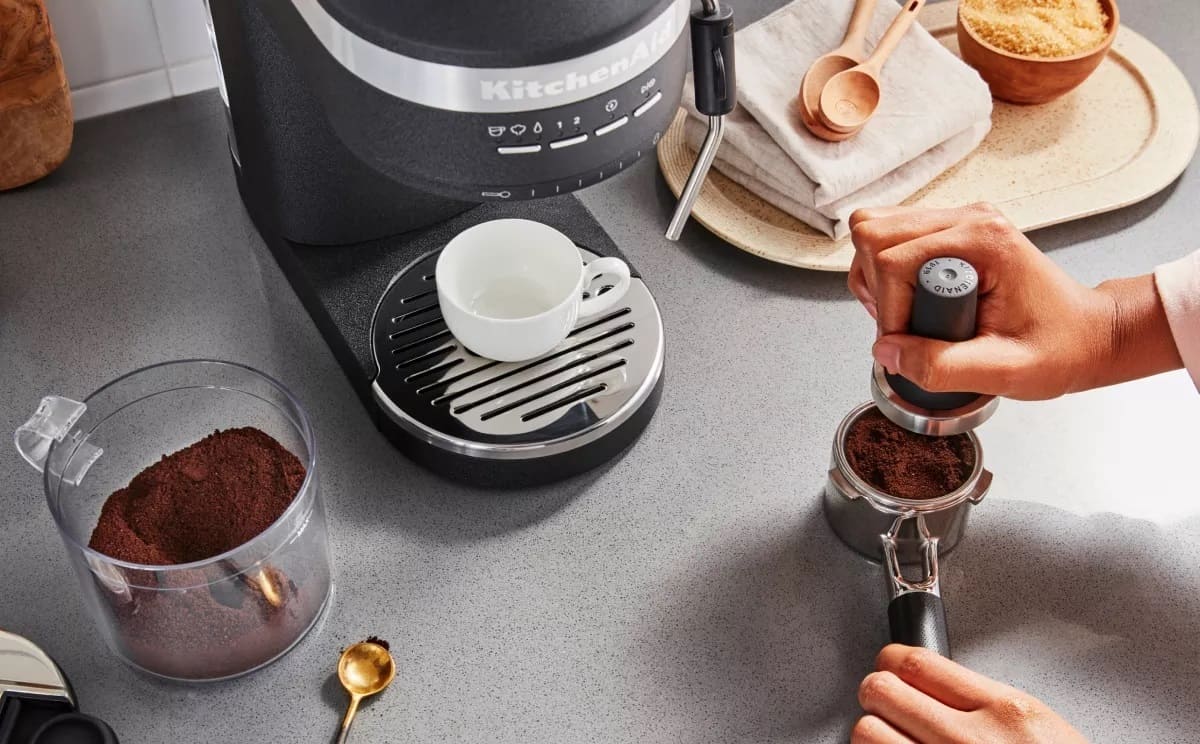
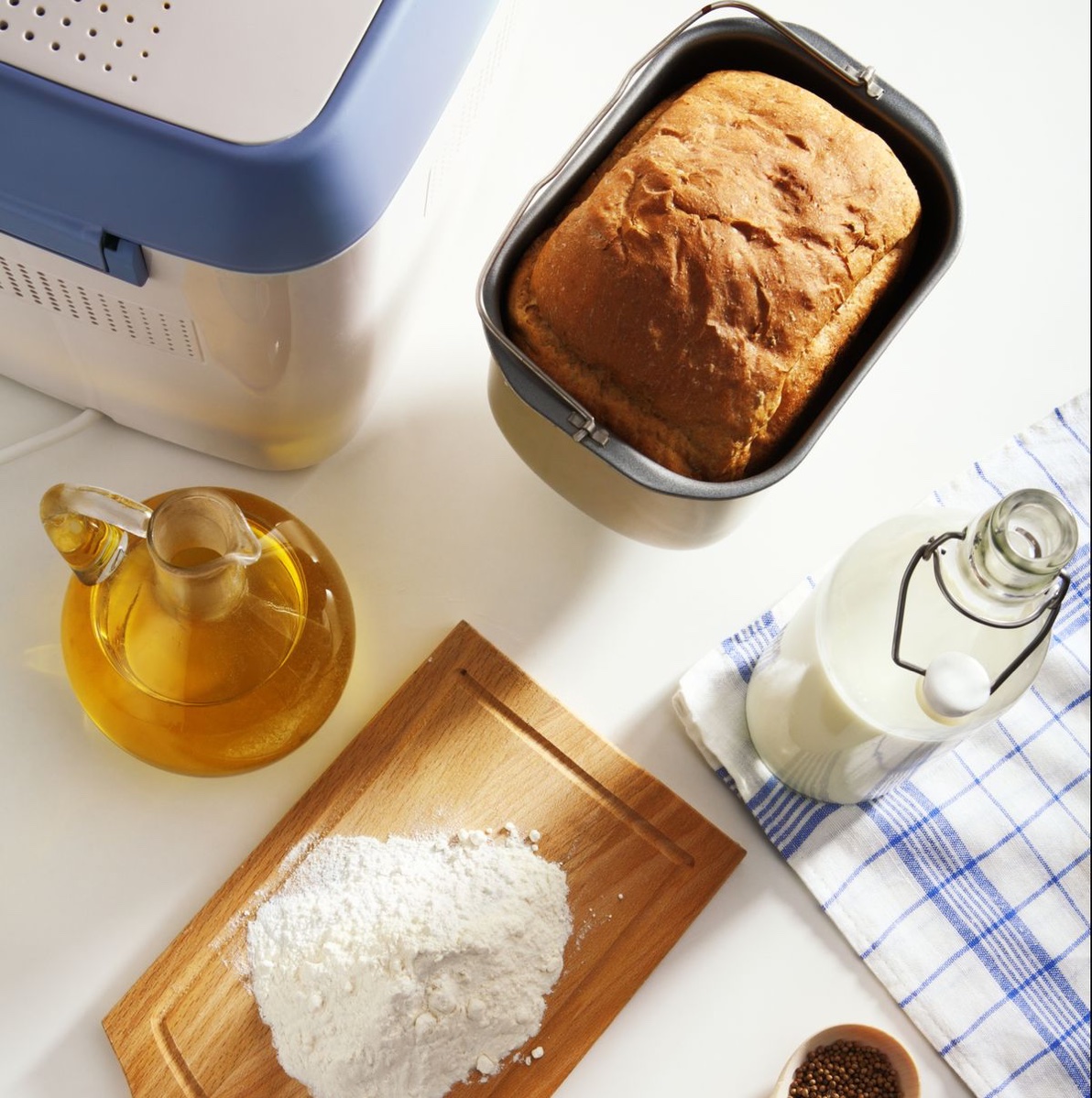
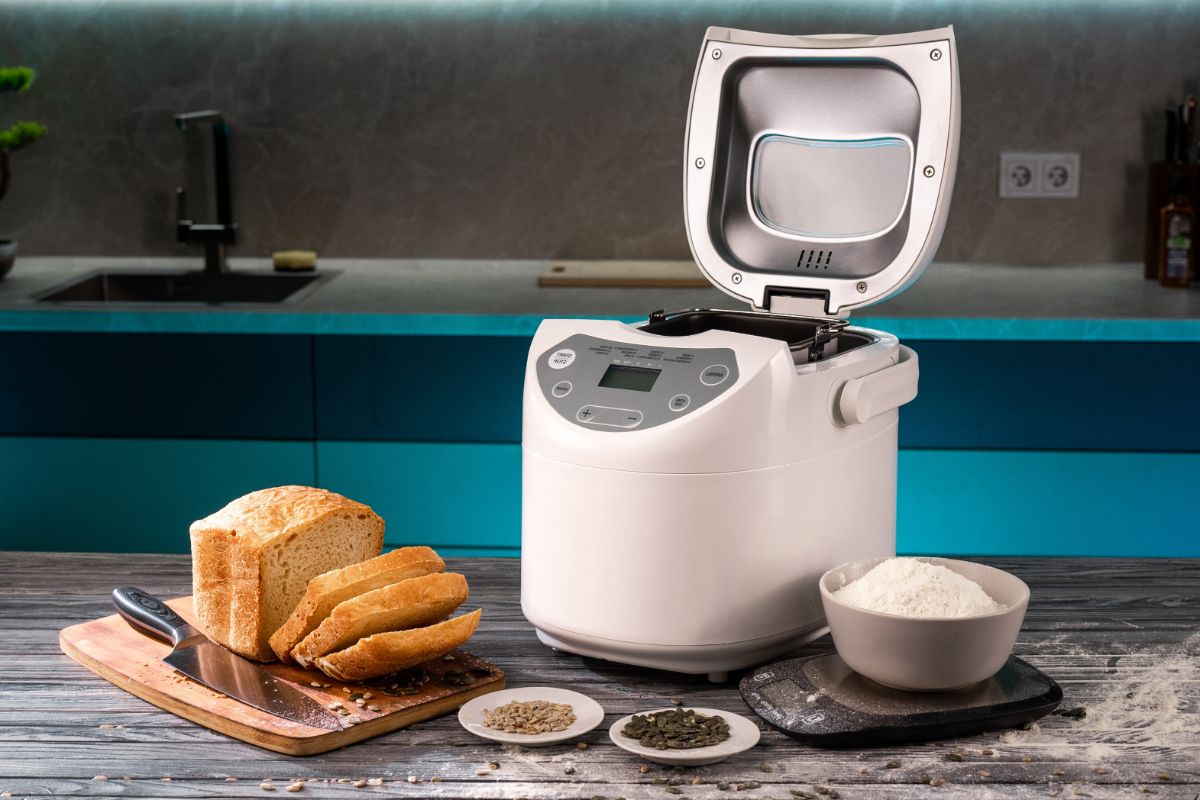
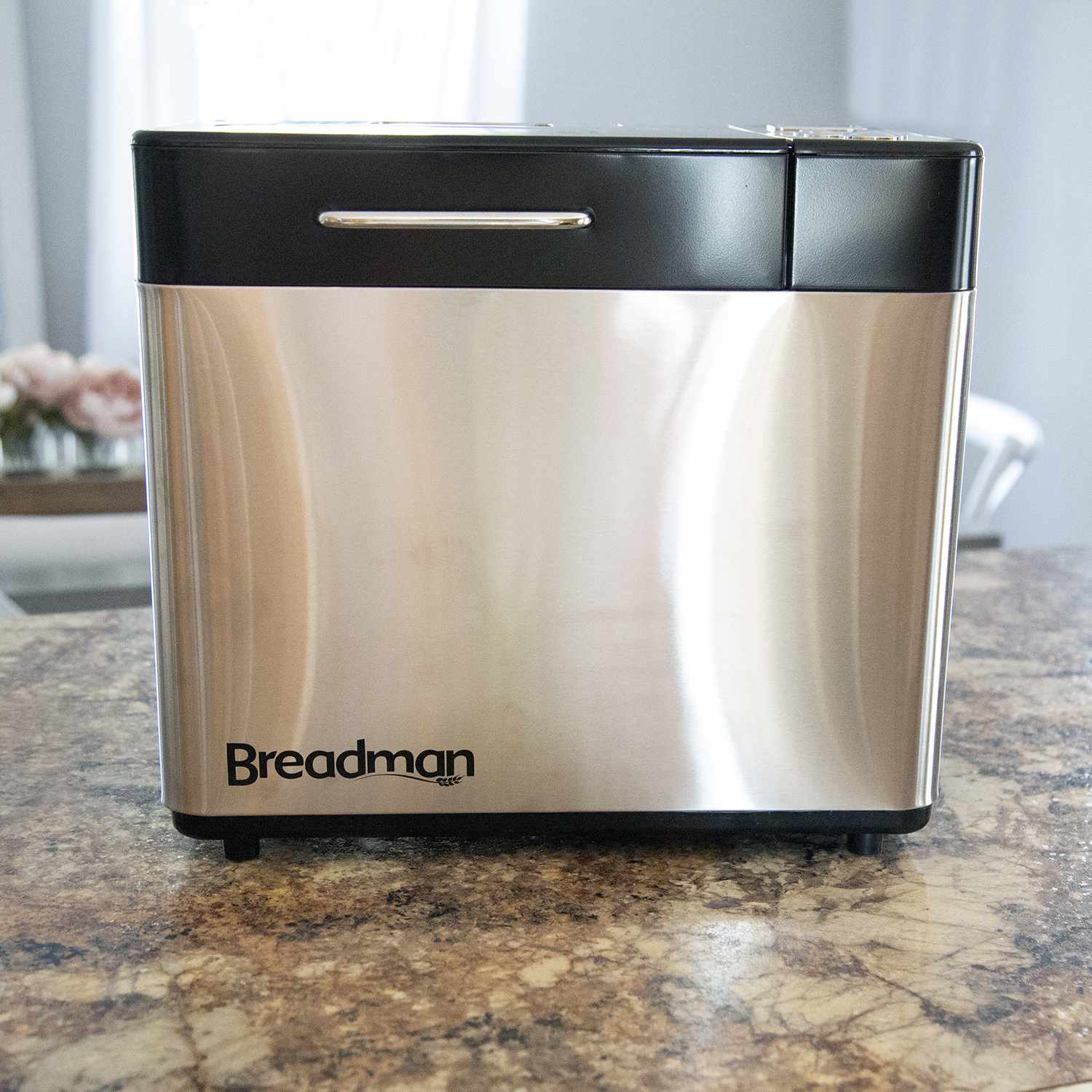
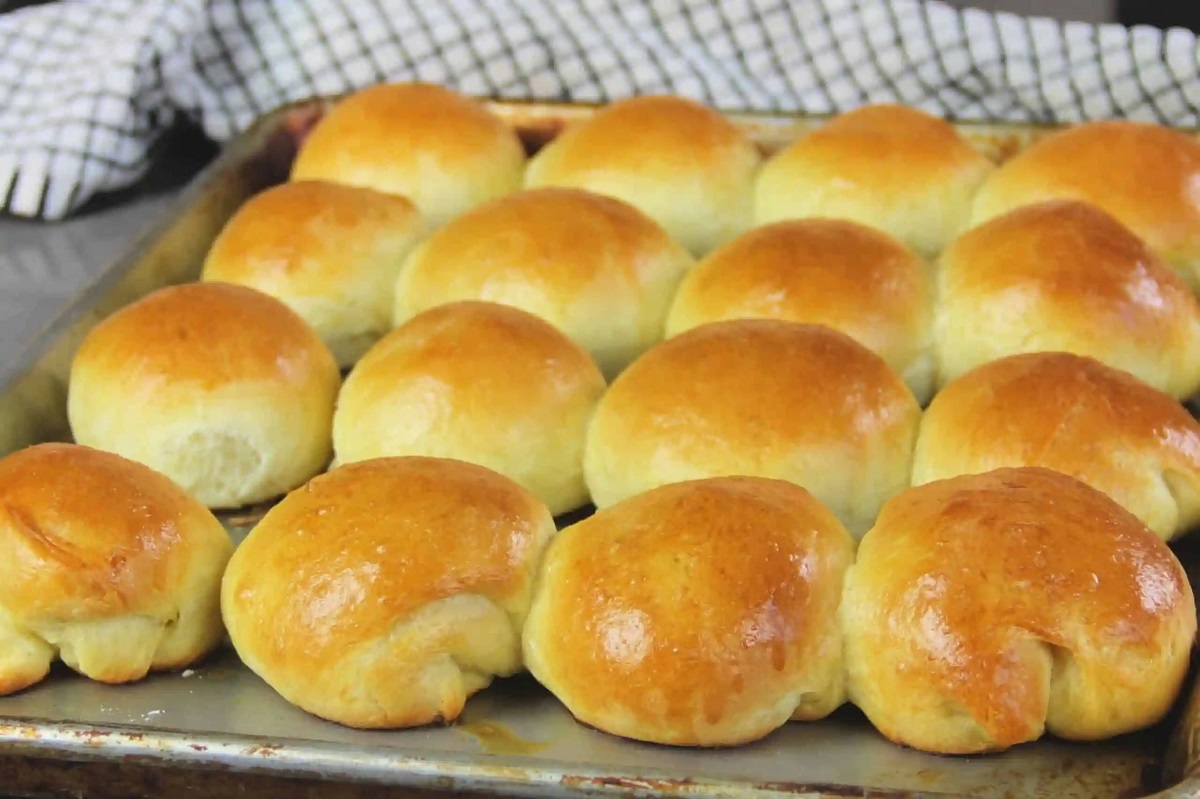
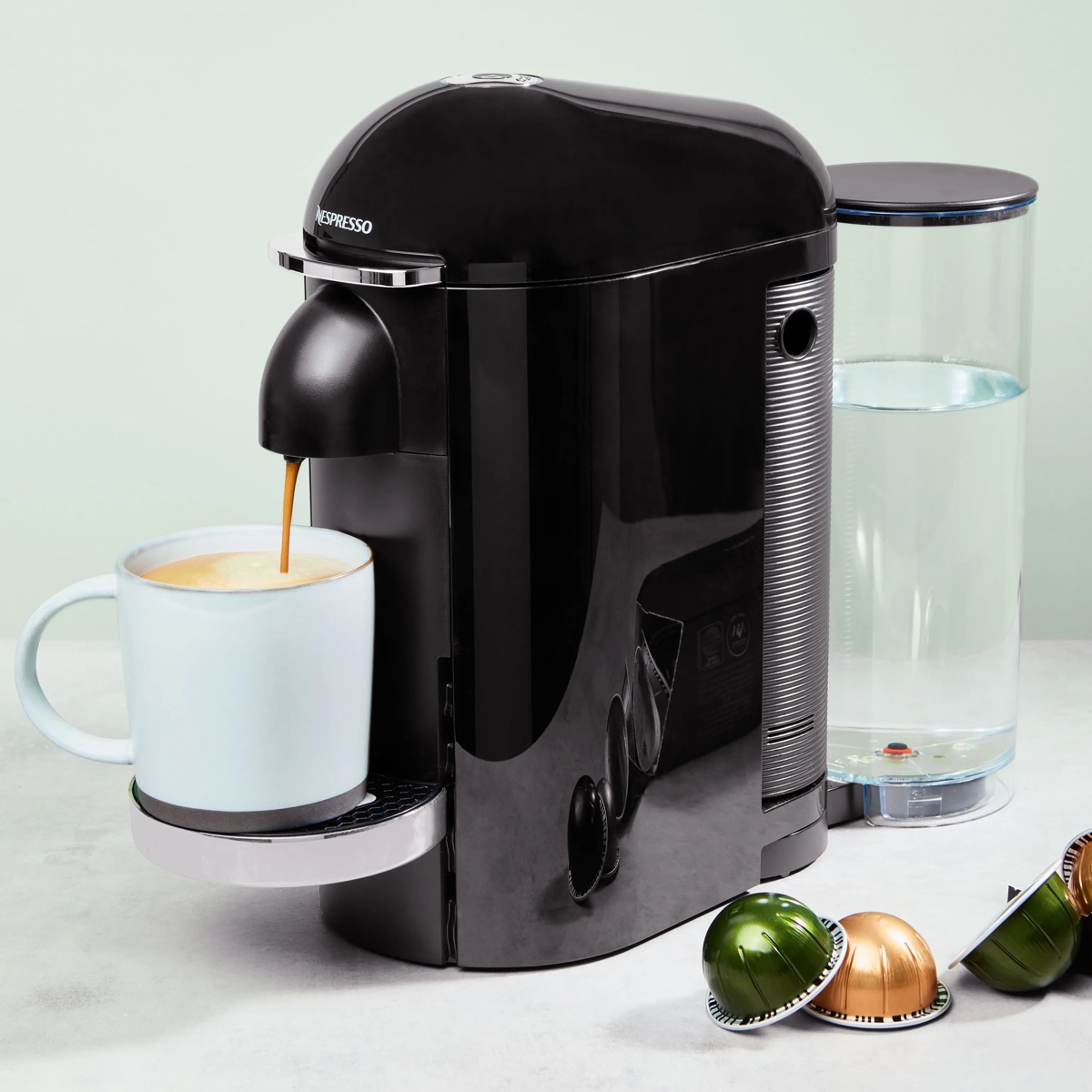
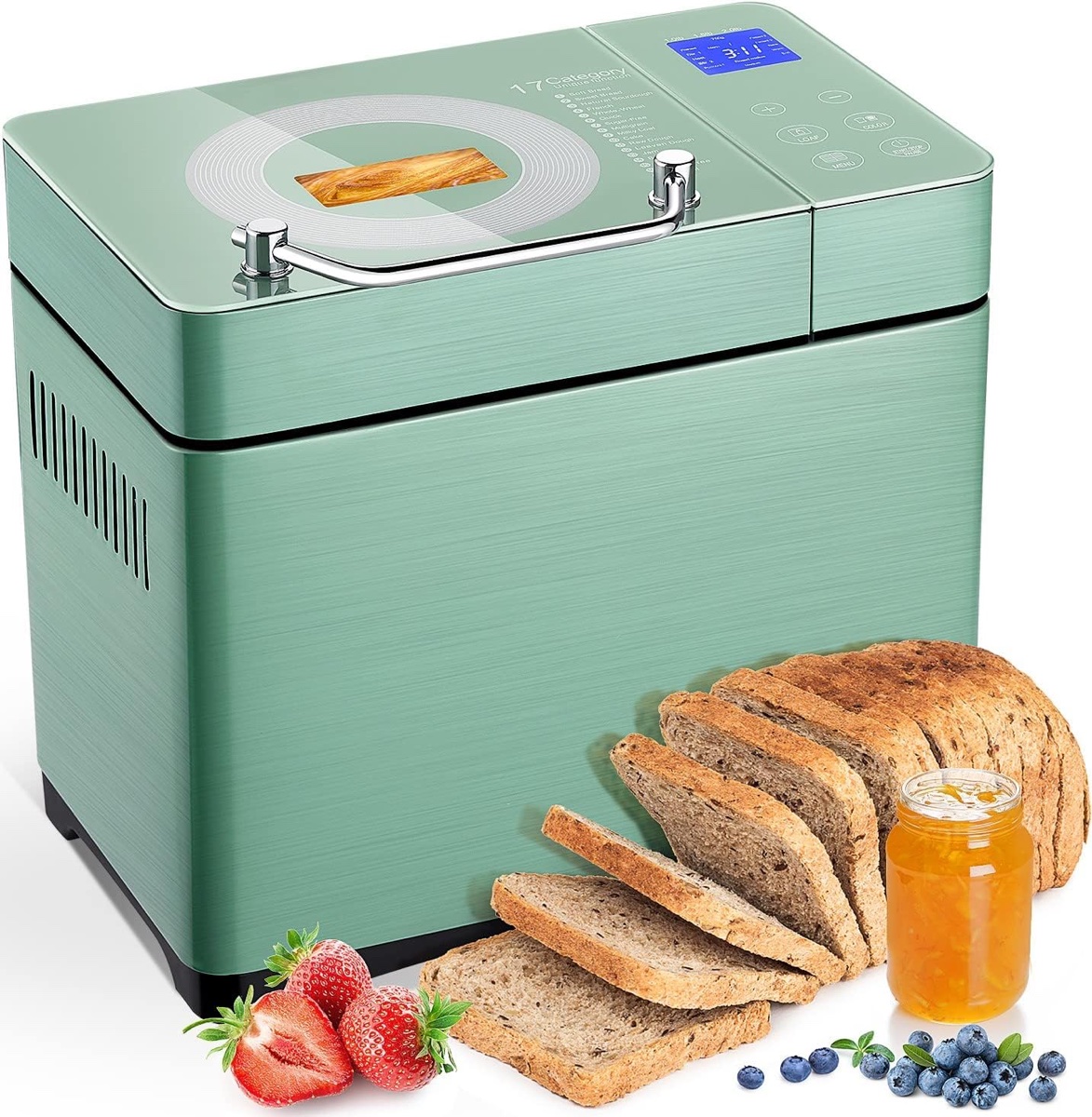
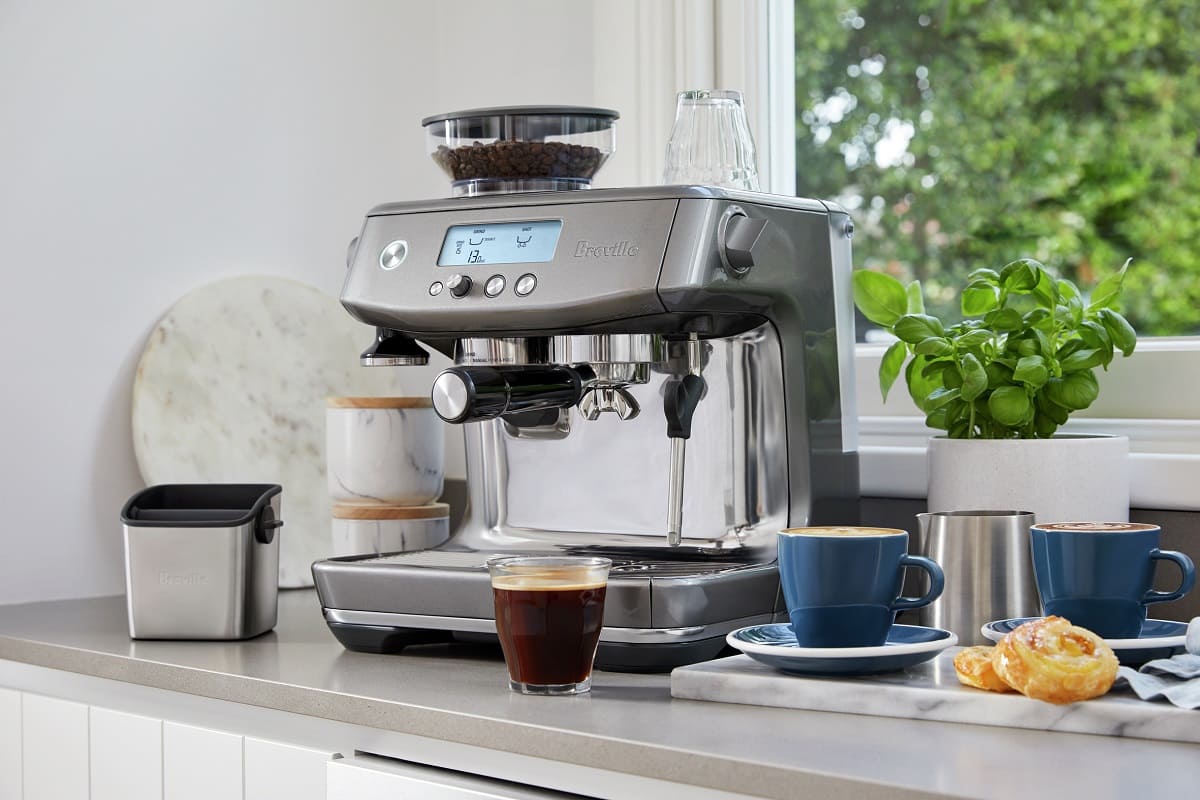
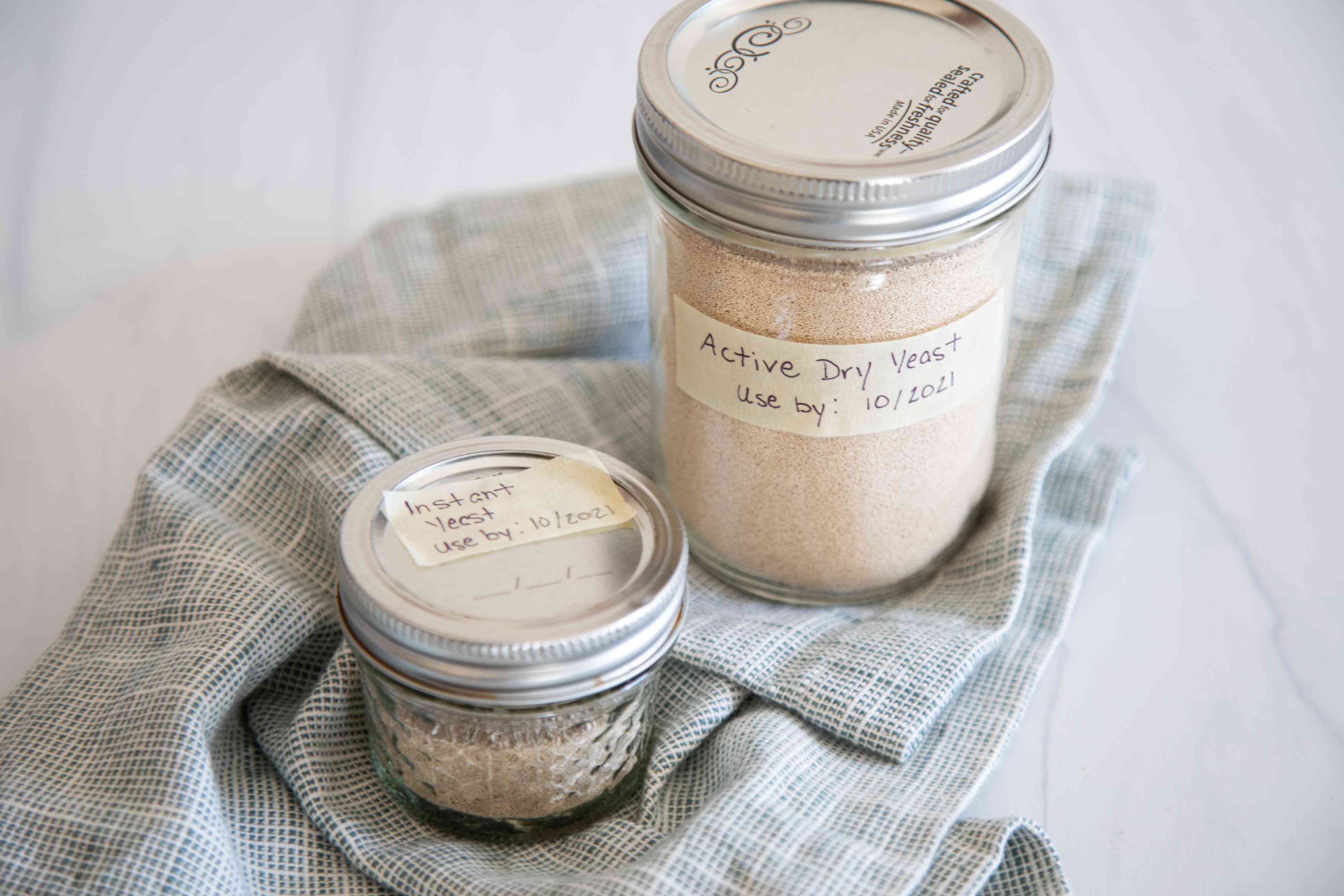
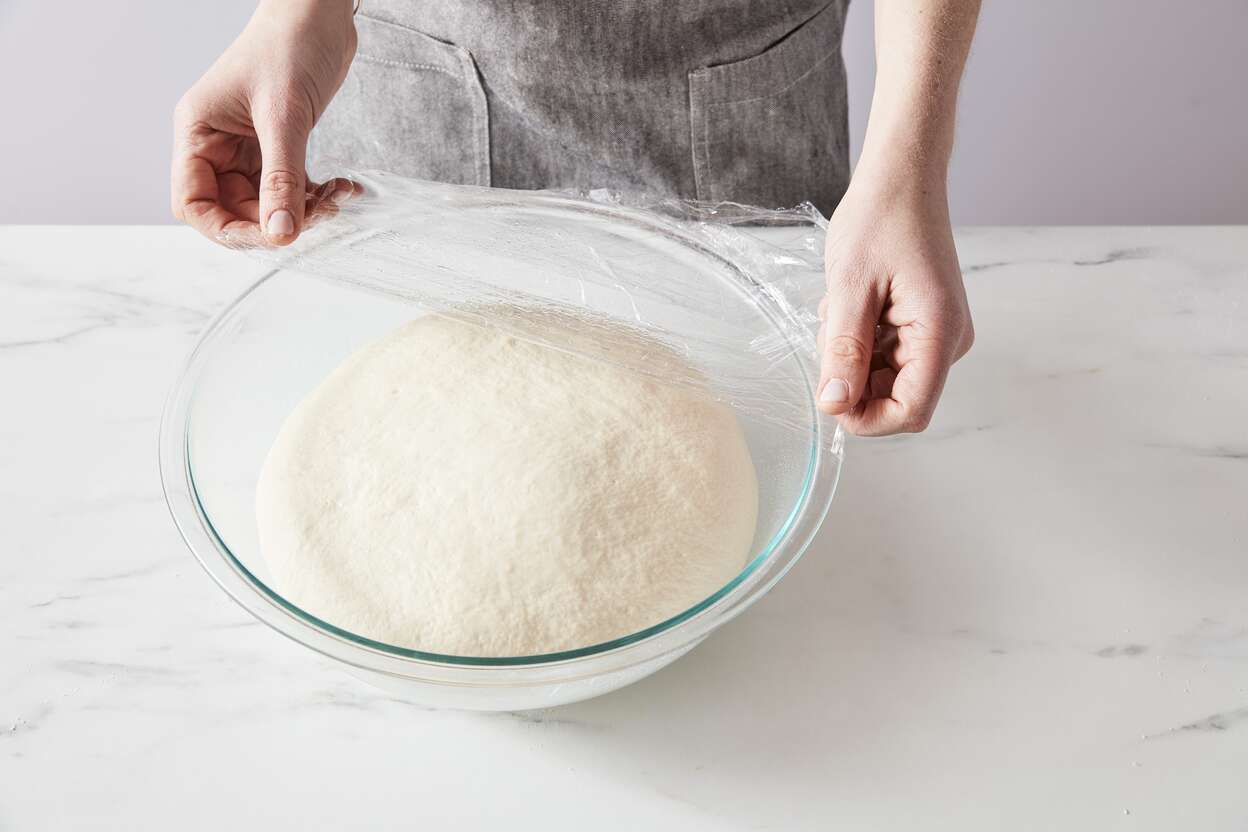

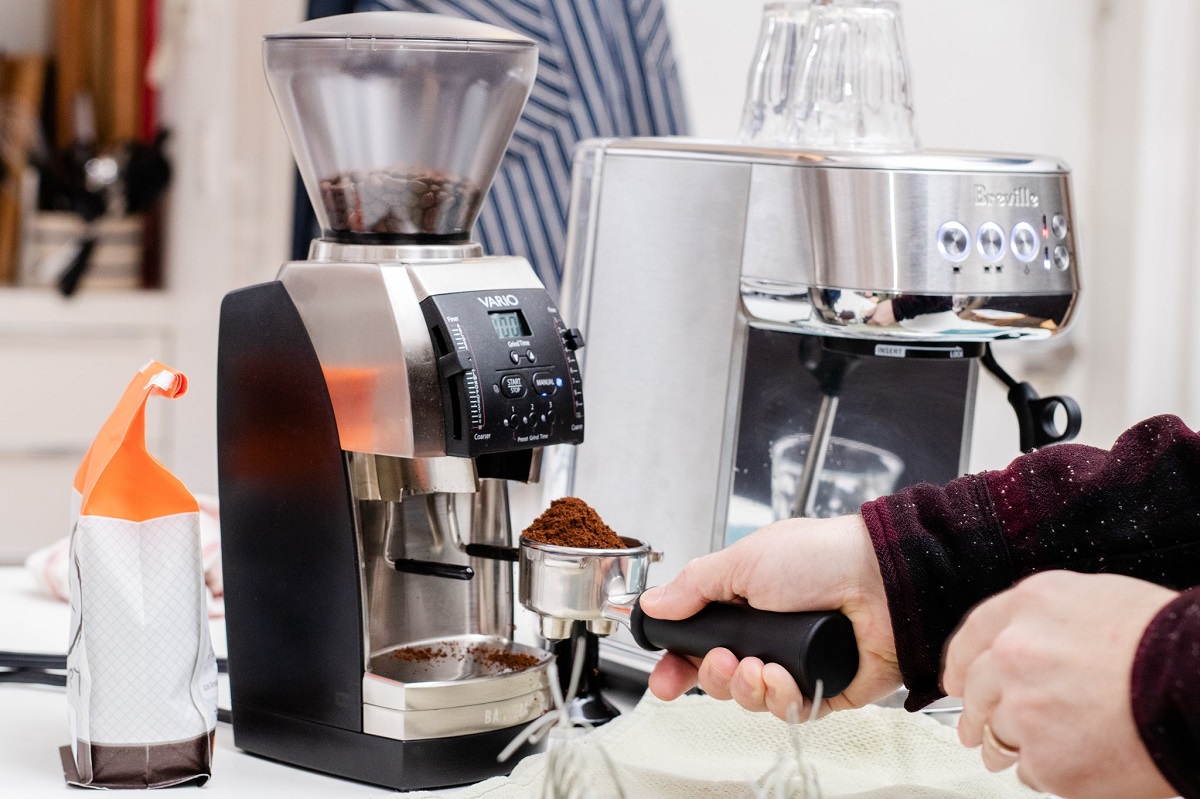
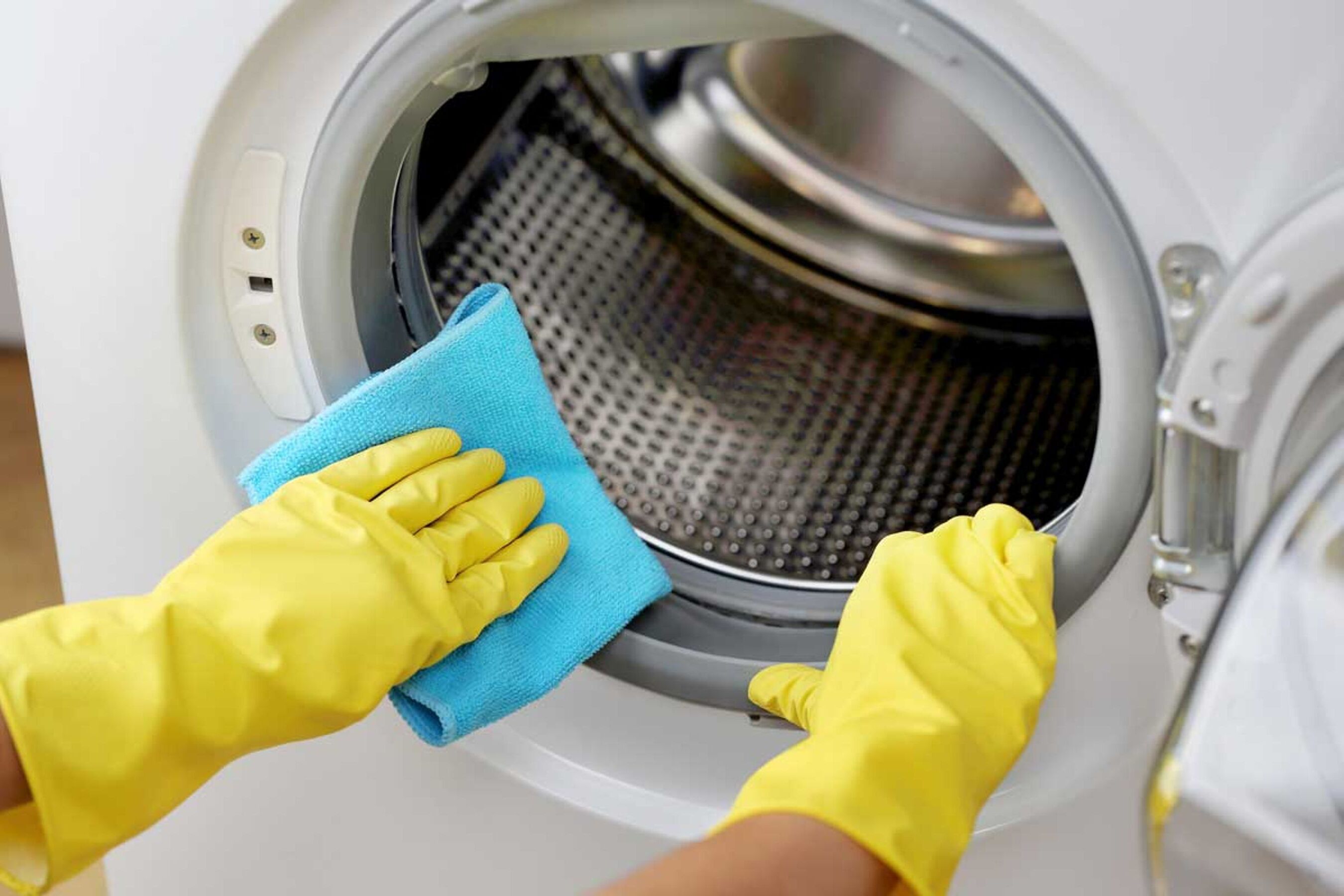
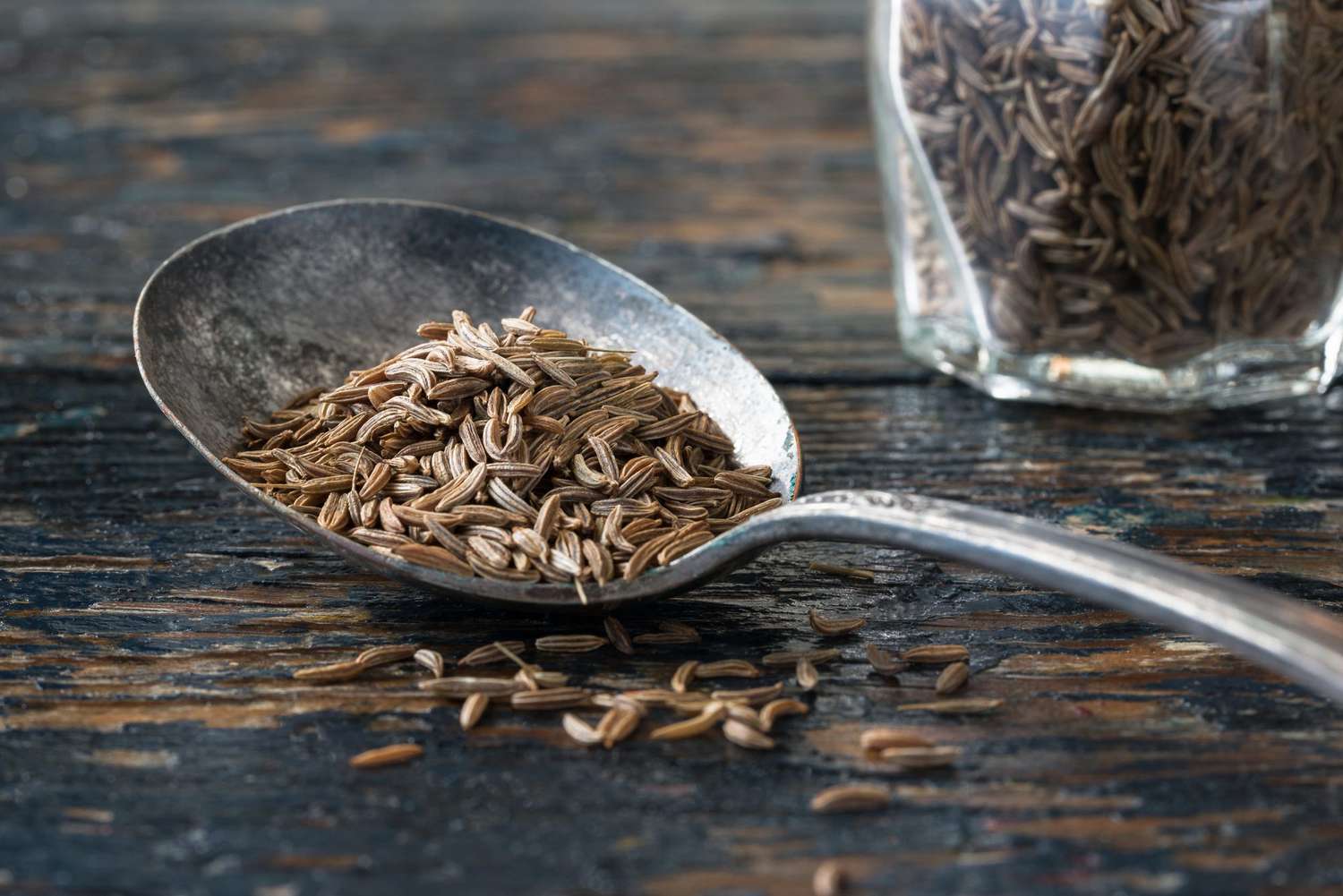

0 thoughts on “What Yeast Do You Use In A Bread Machine”